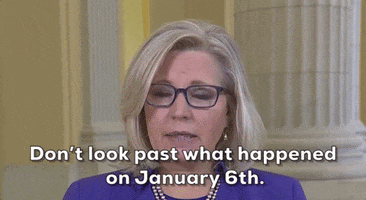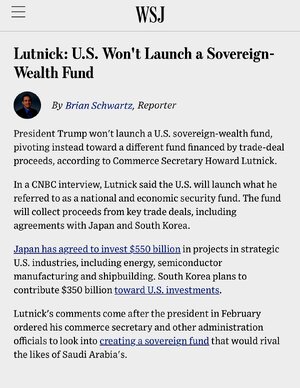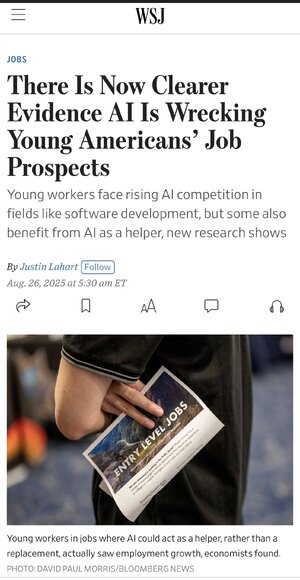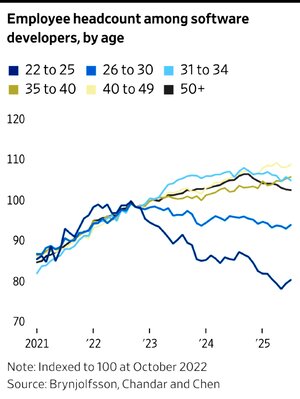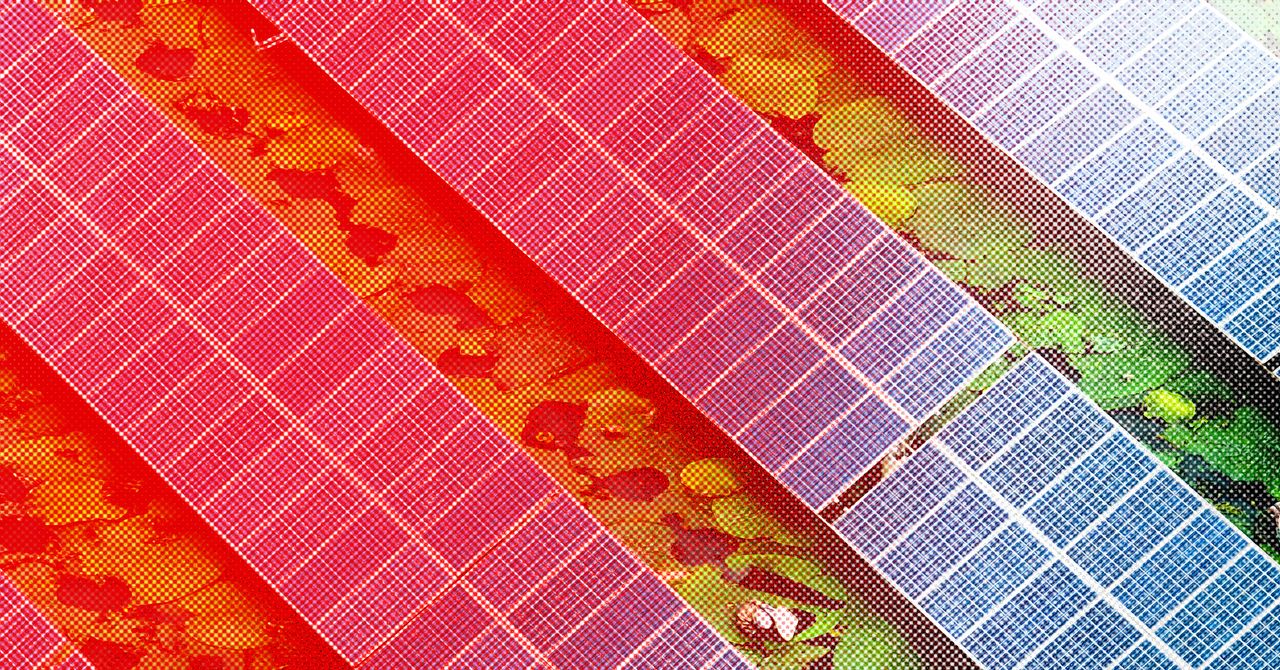Meanwhile the US is clinging to coal by government order.
Energy-starved countries on the continent have reluctantly turned to coal and gas for decades. Cheap Chinese solar panels are now finally changing the calculus.

www.wired.com
From Algeria on the Mediterranean coast to landlocked Zambia in the south, countries across Africa have been importing significantly more
solar panels from China this year than in the past, which analysts say could be the start of a massive effort to help meet the continent’s
power demands with renewable energy instead of fossil fuels.
In May 2025, African countries imported a combined 1.57 Gigawatts of solar panels from China, an all time high. (Think of it as adding three-fourths of the capacity of the Hoover Dam in one month.) Dave Jones, chief analyst at the global energy think tank Ember, notes that the spike didn’t come from relatively affluent African countries like South Africa, but rather from nearly two dozen smaller nations.
Jones tracks the value of Chinese solar panels exported to different countries using Chinese customs data. In the first five months of 2025, he found at least 22 African countries imported more solar panels than they did during the same period last year, with most of them doubling the amount. One of the most striking examples is Algeria, which imported 0.76 GW of solar panels in the first half of 2025, a 6,300 percent increase from the year before.
Less developed countries, such as Chad, have imported enough solar panels to replace their country’s entire current power generation capacity. “The magnitude of these numbers is just huge in context of what the current electricity grid demand is,” Jones tells WIRED.
China has dominated global solar panel manufacturing over the past decade. More than 80 percent of the world’s panels are made in China,
according to the International Energy Agency, thanks to government subsidies, economies of scale, and technological improvements implemented by local companies. But until recently, the bulk of these panels flowed to Europe, North America, and other Asian countries.
While overall sales to African countries are still small compared to these traditional export markets, the Global South appears to be at a turning point in how it thinks about energy. For decades, energy-starved countries largely had one default option when they wanted to add new power supply: import coal and gas. Now, for the first time, solar energy is emerging as the cheaper and greener way forward, so there’s no need to sacrifice the environment for development.



